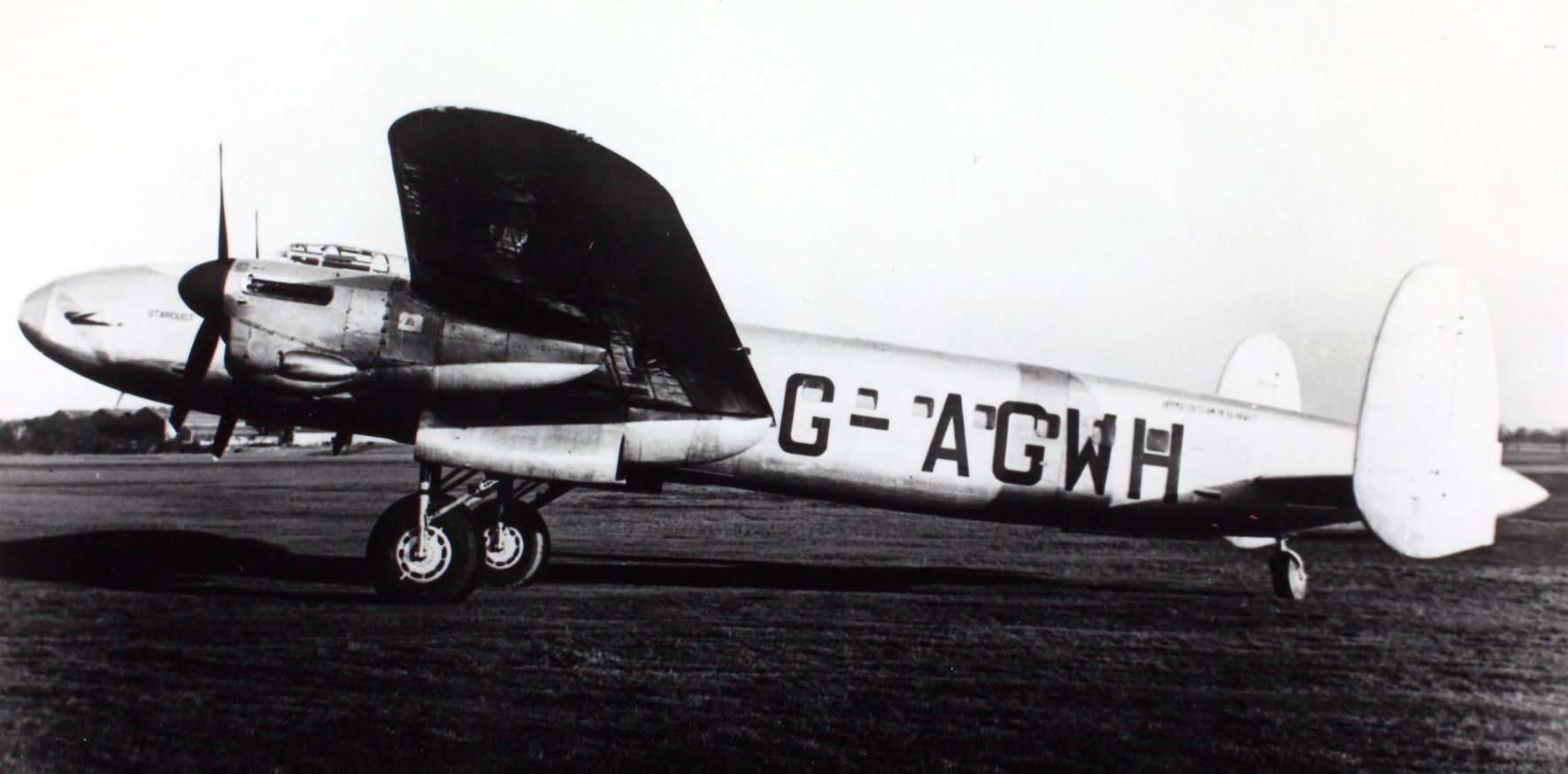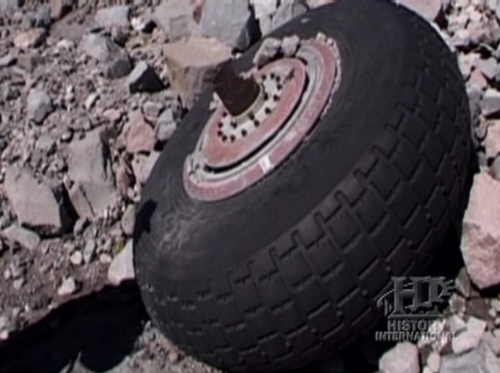Crash of a Curtiss C-46A-45-CU Commando on Mt Tupungato: 5 killed
Date & Time:
Aug 4, 1979
Registration:
N8040Y
Survivors:
No
Schedule:
Buenos Aires – Santiago de Chile – Panama City – Miami
MSN:
30323
YOM:
1944
Crew on board:
5
Crew fatalities:
Pax on board:
0
Pax fatalities:
Other fatalities:
Total fatalities:
5
Circumstances:
After being bought by a company based in Miami, the aircraft was transferred from Buenos Aires to Miami on a delivery flight via Santiago de Chile and Panama City. En route to Santiago, while cruising at an altitude of 5,000 meters, the airplane struck the slope of Mt Tupungato (6,750 meters high) located southwest of Mendoza, Argentina. The wreckage was found two years later by a Chilean rescue team. The aircraft was destroyed upon impact and all five occupants were killed.


